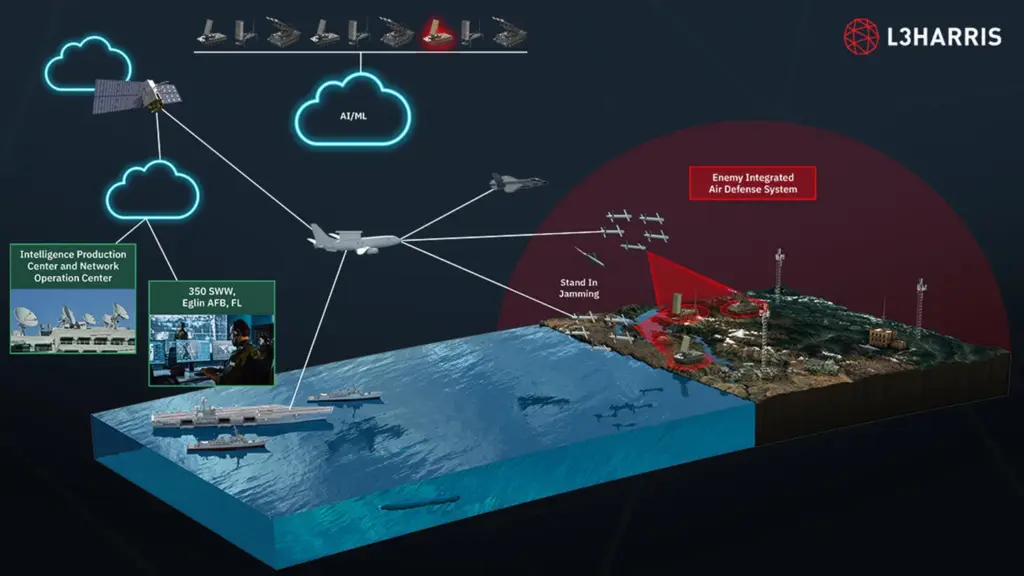Shield AI and L3Harris Technologies have announced a collaboration that merges artificial intelligence with electronic warfare capabilities. This partnership aims to create autonomous unmanned systems capable of executing complex missions in contested environments, potentially reshaping the landscape of military operations.

At the heart of this initiative is the integration of L3Harris’ Distributed Spectrum Collaboration and Operations (DiSCO) system with Shield AI’s Hivemind autonomy software. DiSCO, a sophisticated electromagnetic battle management ecosystem, can detect and analyze threat signals within minutes. When combined with Hivemind, the result is a system that can sense, adapt, and act autonomously in both physical and electromagnetic domains.
Ed Zoiss, President of Space and Airborne Systems at L3Harris, emphasized the importance of this development in addressing the complexities of modern battlefields. “Our warfighters face a complex, multi-domain battlefield full of rapidly evolving threats,” Zoiss stated. “DiSCO will leverage Shield AI’s Hivemind autonomy software to accelerate the ability to make faster, more informed decisions.”

Christian Gutierrez, VP of Hivemind Solutions at Shield AI, highlighted the strategic significance of this technology. “Adversaries’ kill webs are complex, restrict access and put assets at risk,” Gutierrez explained. “Countering them requires shifting to distributed, autonomous kill webs that sense, decide and act in real-time.”
By enabling unmanned platforms to operate independently in contested environments, it could potentially reduce risks to human personnel while enhancing military capabilities.
As Shield AI and L3Harris continue to refine and demonstrate this technology, the defense industry will be watching closely. The implications of this breakthrough could extend far beyond immediate military applications, potentially influencing future developments in AI, robotics, and electronic systems across various sectors.
While the full impact of this technology remains to be seen, one thing is clear: the fusion of AI and electronic warfare marks a new chapter in the evolution of defense capabilities, promising to redefine the way military operations are conducted in the 21st century.

